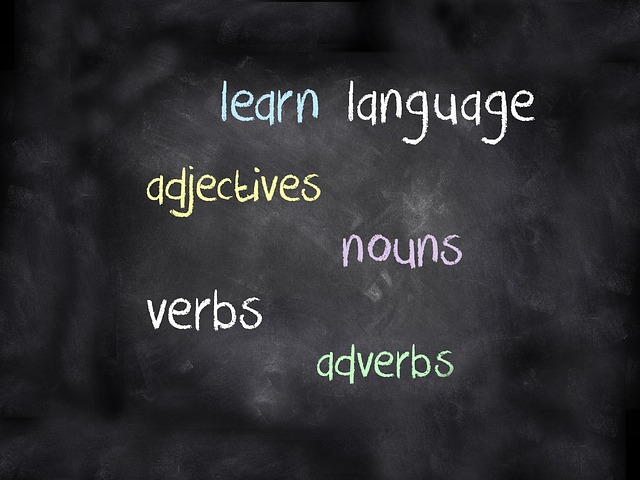Leveraging multimedia resources for vocabulary expansion
This article explains practical ways multimedia resources can help learners expand vocabulary while supporting fluency, pronunciation, grammar, and comprehension. It outlines how audio, video, interactive tools, and guided tutoring—both online and in the classroom—fit into a balanced curriculum to improve listening, speaking, and conversation skills.

Multimedia tools offer diverse pathways to vocabulary expansion beyond traditional lists and translation. When integrated thoughtfully into a curriculum, audio clips, videos, interactive exercises, and adaptive platforms create repeated, meaningful exposure to words in context. That exposure supports comprehension and fluency while giving learners varied opportunities to practice speaking and listening in immersive or classroom settings.
How can multimedia boost vocabulary and fluency?
Multimedia increases exposure frequency and contextual depth, which are essential for moving words from recognition to active use. Short videos, authentic podcasts, and curated playlists present vocabulary within real scenarios, helping learners infer meaning from context. Repeated encounters across formats—reading subtitles, hearing pronunciation, and using words in speaking drills—build the automaticity that underpins fluency. Regular, spaced practice using multimedia tools supports retention more effectively than isolated memorization.
How do listening resources improve comprehension?
Listening-focused materials develop receptive vocabulary by connecting spoken forms with meaning. Podcasts, audiobooks, and recorded dialogues expose learners to natural speech patterns, connected speech, and intonation that textbooks may omit. Slowed or segmented audio can scaffold initial comprehension, while full-speed materials train learners to process language in real time. Combining listening with transcripts or captions enhances vocabulary learning by linking sound, spelling, and usage, which improves overall comprehension.
What role do videos and audio play for pronunciation?
Audio and video allow learners to model pronunciation, rhythm, and stress. Visual cues in videos—mouth movements, facial expressions, and gestures—help learners approximate articulation. Repetition tools and pronunciation exercises with instant feedback, including spectrograms or AI-driven scoring, let learners practice problematic sounds in isolation and in context. Integrating speaking practice with feedback through coaching or automated assessment is effective for reducing fossilized pronunciation errors while expanding spoken vocabulary.
How can multimedia support grammar and conversation?
Multimedia provides contextualized grammar input rather than abstract rules alone. Short clips demonstrating grammatical patterns in conversation help learners see how vocabulary and grammar interact. Role-play videos and interactive conversation simulations create safe spaces to try new words and structures, which encourages risk-taking in speaking. Guided classroom or online discussions based on multimedia prompts can scaffold transition from comprehension to spontaneous conversation, strengthening both grammar and vocabulary simultaneously.
How to use online tutoring and classroom tools effectively?
Tutoring, whether online or in a physical classroom, becomes more effective when instructors integrate multimedia strategically. Tutors can assign preparatory listening or video segments, then focus live sessions on practicing targeted vocabulary through speaking drills, corrective feedback, and personalized coaching. Instructors should mix synchronous interaction with asynchronous materials—quizzes, flashcards, and recorded mini-lessons—to reinforce learning. When selecting platforms, prioritize those that support multimedia playback, annotation, and assessment to create a cohesive learning loop.
How to structure practice, assessment, and curriculum with media?
Design curriculum units around genres or themes and select multimedia that exposes learners to relevant vocabulary repeatedly across tasks: listening, reading, speaking, and writing. Use formative assessment tools—short quizzes, pronunciation checks, and conversation rubrics—to monitor progress and adapt materials. Spaced repetition systems, integrated with multimedia examples, help schedule reviews so words move into long-term memory. Include immersion moments, such as curated playlists or media binge sessions, to increase incidental learning and support naturalistic vocabulary acquisition.
Conclusion Multimedia resources, when aligned with clear learning goals and regular practice, offer practical advantages for vocabulary expansion and overall language development. By combining listening, speaking, visual cues, and interactive feedback, educators and learners can design balanced pathways toward better comprehension, pronunciation, and conversational confidence without relying solely on rote memorization.





